Odd Smell on Diced Beef After Cooked
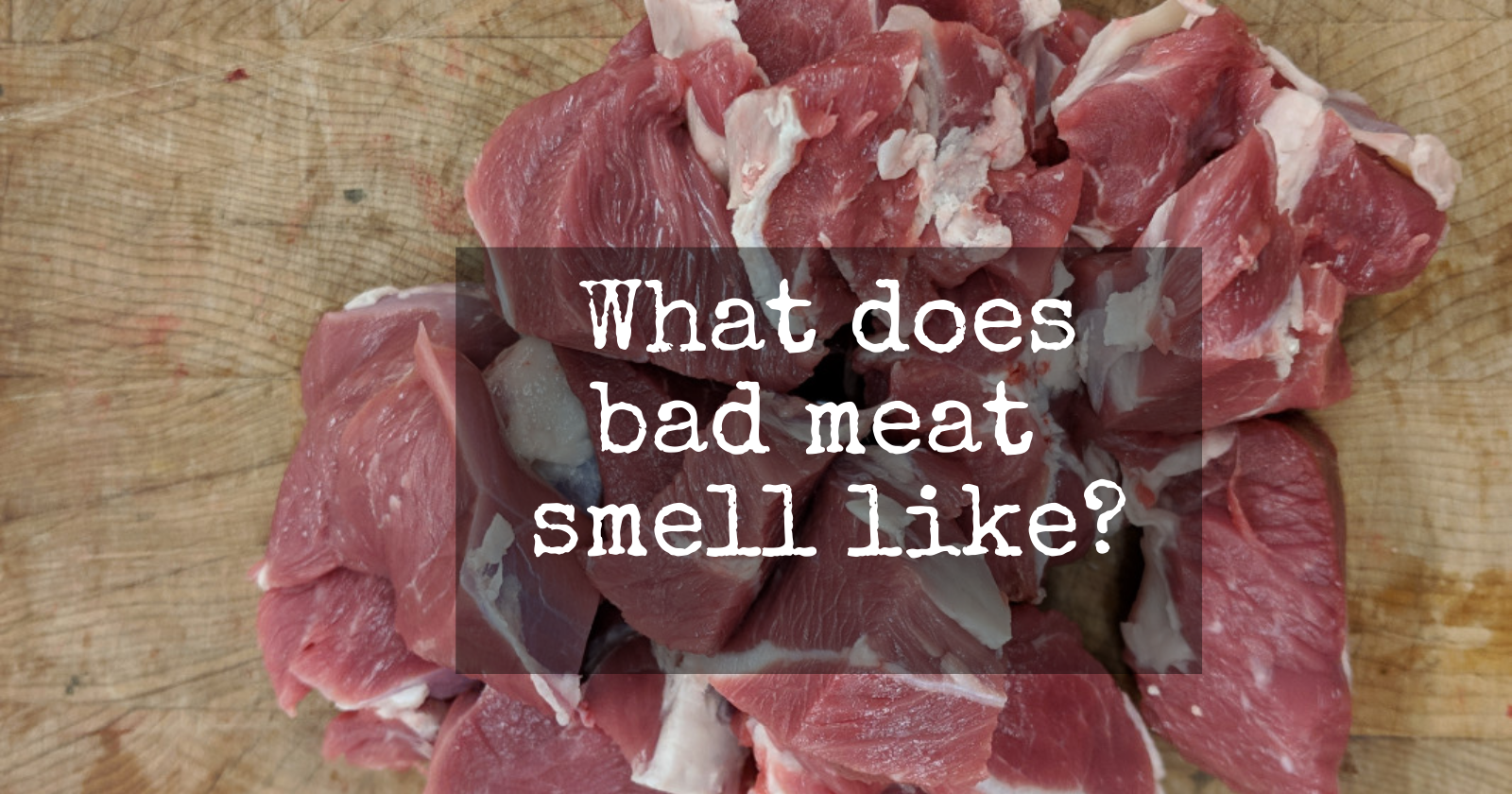
Beef that's gone bad has a sour smell. Sometimes with an aroma like milk that has gone off.
Eating meat that has gone off, or is slimy, can cause food poisoning.
How can you tell if steak has gone bad? Smell is the first indicator followed by color.
First thing: Fresh meat, like fresh fish, has no smell. If you get a sour odor from a piece of meat, you need to be careful. It may not be safe to eat. We have a maxim in our trade, "If in doubt, throw it out".
There are lots of reasons meat goes bad:
• Live handling
•Unclean slaughter
•Incorrect storage
•Insufficient refrigeration
•Poor handling,
•The wrong packaging
•How long since slaughter
•Incorrect handling after purchase
•Home refrigerator not working properly, among others.
Be careful though, meats with preservatives, i.e., some sausages and cured meats, if kept too long, can carry dangerous pathogens even though there may be no smell. Always buy from a trusted source.
From farm to fork
Going right back to when the animal was alive, conditions before slaughter impact how long the meat will stay fresh. What the animal ate, how it lived, what breed was it, what age, was the animal calm and contented? A stressed animal won't taste as good as an animal that was kept calm. You will get tough, dark cutting beef that lacks flavor and won't last long. Sugars in the blood convert to acid that tenderize the muscles by breaking down and softening the fibers.
Handling carcases plays a big part in maintaining freshness too.
Contamination of the carcase during skinning needs to be avoided so the surfaces are as clean as possible.
Cooling slowly
Refrigerating a carcase too soon will have an adverse effect. The internal muscle temperature has to be allowed to decrease slowly before refrigeration begins. If not a process called "cold shortening" will make the meat tough. Caracases should cool at 16 degrees C for 16 hours.
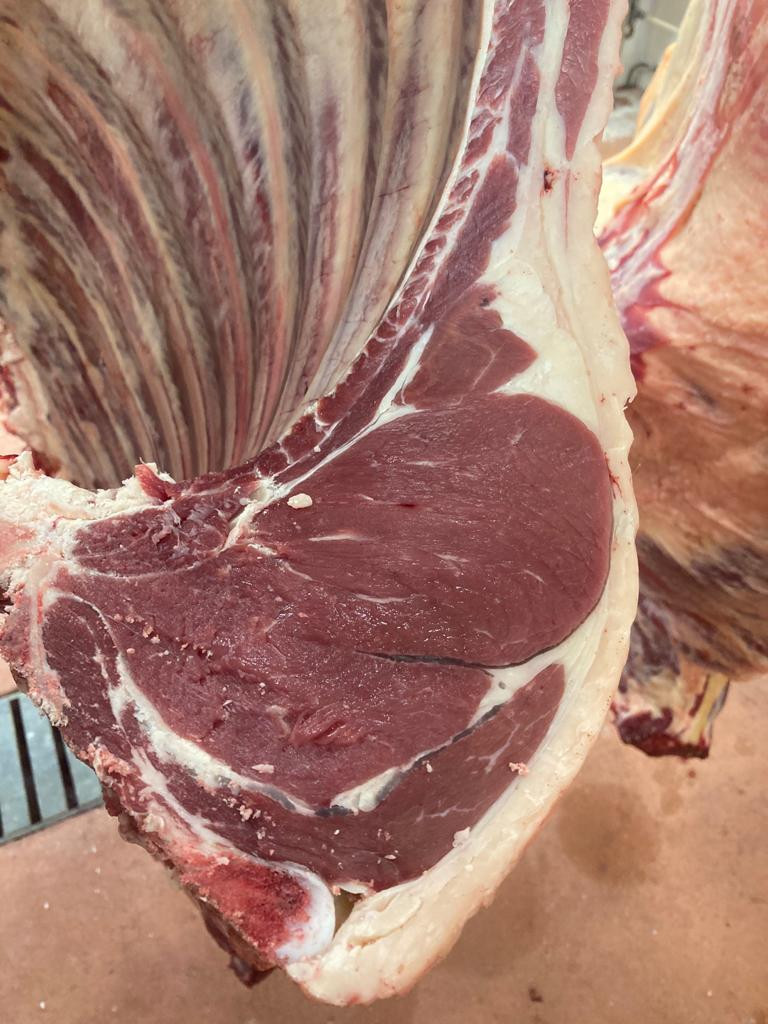
Refrigeration and packaging
To avoid spoilage, the temperature, humidity and airflow in butcher refrigerators have to be monitored constantly. Depending on the type of meat and the species, we refrigerate carcases before cutting. It is important that the carcase is in prime condition and clean before processing.
The carcase is usually vacuum sealed after is cut and boned. This extends the shelf life by removing oxygen from the packaging. (Microbes need oxygen to multiply).
If you open a vacuum sealed pack, sometimes there will be a smell. A mild rotten egg is one way to describe it. This usually goes away in less than an hour and is from the vacuum packing process.
So, by the time you buy beef cut into steaks, it may have been maturing for up to 28 days.
The aging process has to be carefully monitored for beef to tenderize so that it is at its best.
Enzymes in meat break down the fibres and over a period of about 20 + days the tenderization occurs. You could eat meat two days after slaughter but it will be tough and lacking in flavor.
There is also a process called Modified Atmosphere Packaging. (MAP) that replaces oxygen with gas that retards microbial growth in the pack.
Meat cut from quarters into primals, then deboned and cut into steaks, ground beef and roasts.
Discoloration happens faster when the meat surfaces are exposed to air, SEE Ground Beef below.
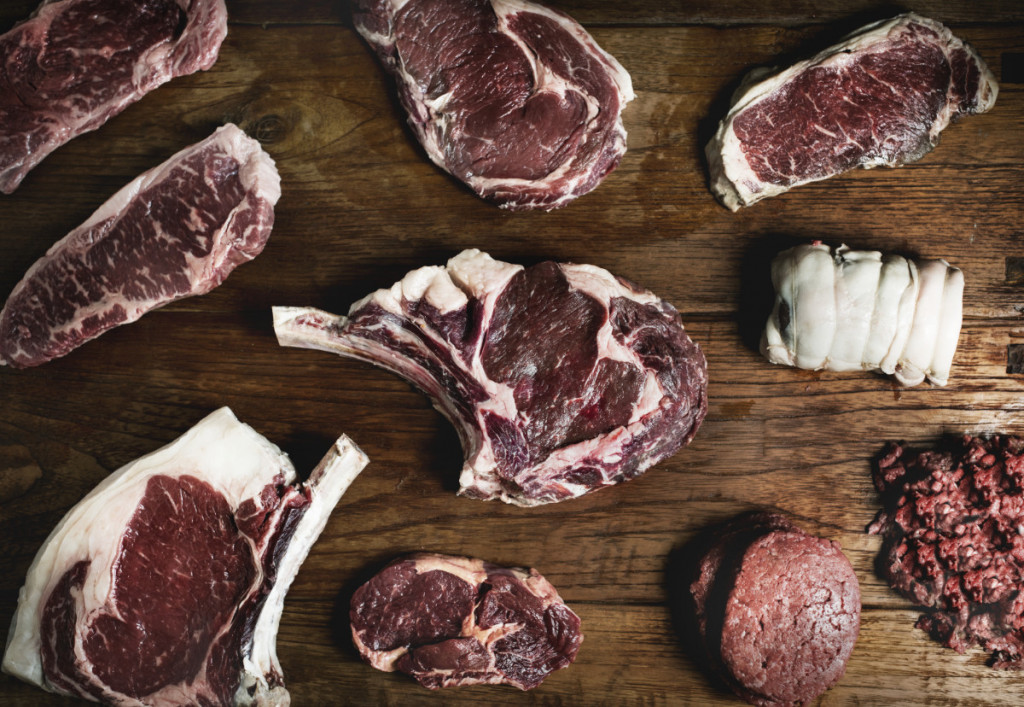
Storage and handling after purchase
The butcher slaughtered the animal under ideal conditions, refrigerated it properly, and oversaw the entire process to the point of sale. As a customer who is going to feed this meat to their family, you can't be casual about how you handle and store meat.
Carry a cooler bag when you shop for meat.
Transfer meat to your fridge as soon as possible after you purchase it.
Ground beef should be consumed within 24 hours of purchase or stored in a freezer for later use.
"Use by" date, "Best before" and "Sell by" dates
Food dating is not a US federal law, except for infant formula and baby foods. Freshness dating and the terms used are voluntary by manufacturers, except for dairy foods and meat in some states.
The butcher uses a Sell-By date provided by the supplier.
Sell-by dates are on the packaging delivered to the store.
Best-Before dates mean fresh, the product, eaten after the date will be past prime condition.
A Use-By date means DO NOT consume after this date. Rigorous tests by health authorities establish the Use-By date of food sold by butchers.
The "Cold Chain"
The "cold chain" has to be unbroken from slaughter to consumption to avoid meat going bad and that chain includes the customer. A point to remember is that a domestic refrigerator is constantly opening and closing. In a normal household, it probably never reaches the required temperature until the middle of the night.
You should factor that into how long you store meat at home before use. If you will not be eating meat in the next couple of days, your option is to cook or freeze. Always mark the date of freezing on the packaging so you use frozen meat before it is too long in the freezer.
Use strong wrapping to protect meat from freezer burn. Freezer burn is not dangerous, but it diminishes the flavor and the look of meat.
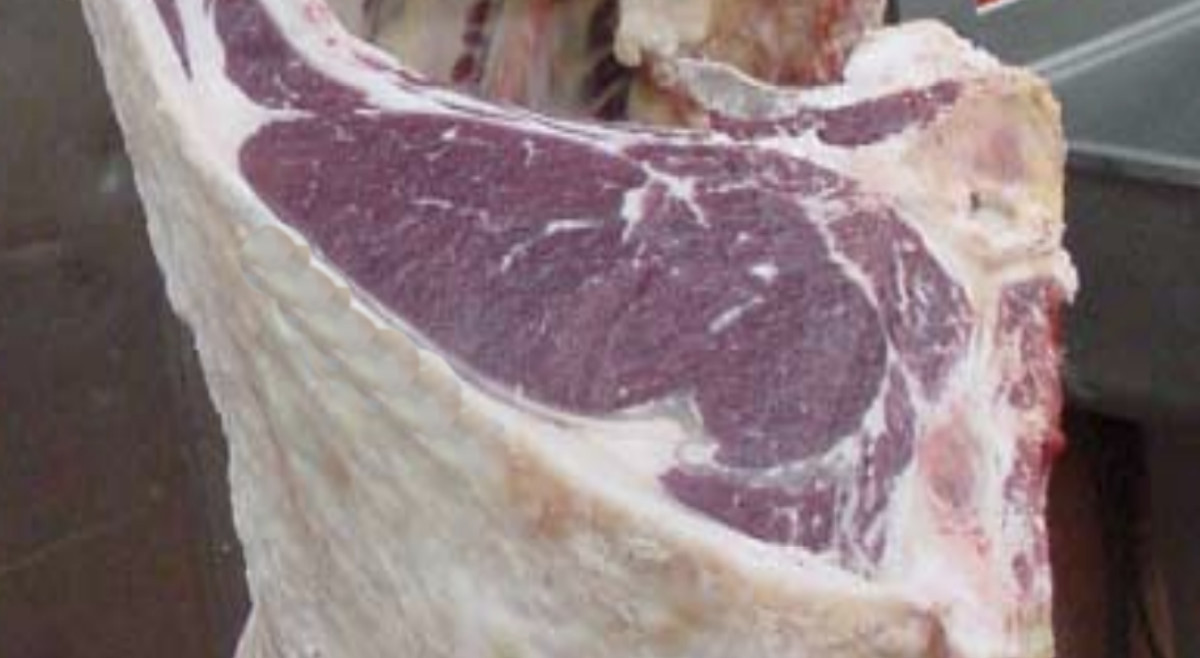
Wrapping meat to store at home
You can refrigerate meat in the packaging you bought it in, observing the use-by date, obviously. Plastic is not necessarily the best packaging for fresh meat so I use greaseproof paper at home. This lets the meat breathe and avoids stickiness or a slimy film on meat. Wrap loosely in greaseproof paper and always store fresh meat at the bottom of the fridge. This avoids drips onto ready-to-eat foods like cooked meats, or vegetables that are going to be eaten raw.
If meat has a slimy texture after you open the pack, you have a problem with harmful bacteria. Slimy is not the same as natural moisture. Natural moisture on meat feels wet. Slimy meat feels sticky.
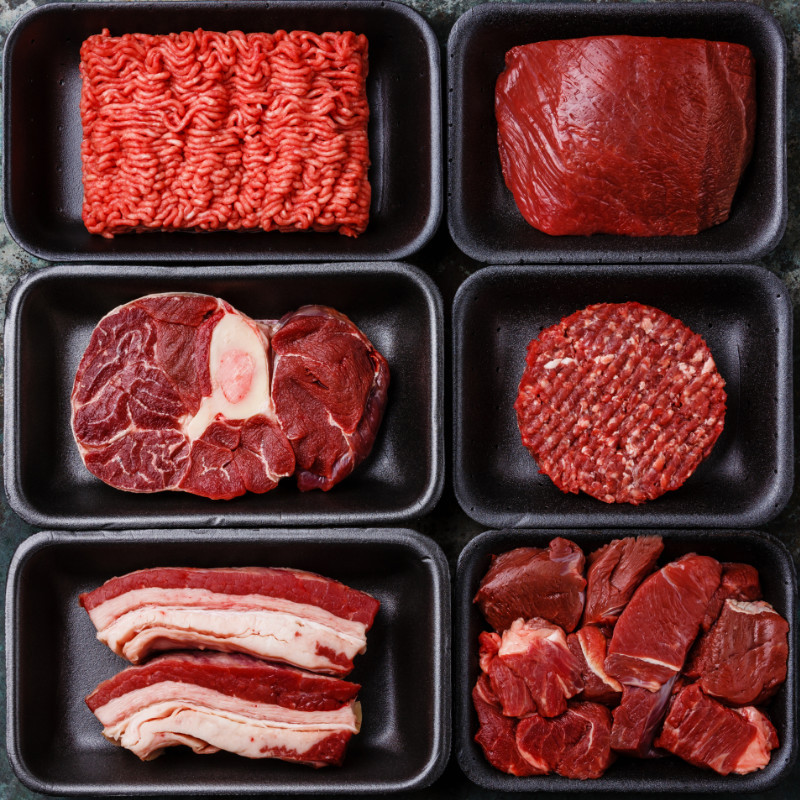
Chemical contamination
You should return meat that smells of chemicals to the store where you purchased it for a replacement.
Since we do not prepare fresh meat with chemicals, a chemical scent indicates that something has spilled on the product.
Be aware of cleaning chemicals, bleaches, shampoos, etc. nearby, when purchasing and storing meat.
Meat color
The color of meat is not always a sign of how fresh it is. When meat is cut it has a bright red color that fades when exposed to oxygen. Customers associate the bright red meat color with freshness so MAP is used to preserve the bright color. The color of loosely wrapped meat you will buy from a butcher will sometimes be darker than plastic packaged steak. If steaks are resting on top of each other, the surfaces touching each other will discolor.
Consumers use color to determine if meat is fresh and safe to eat. Consumers rely heavily on it to make their purchasing decision. Myoglobin contains the protein that gives meat its color. Oxygen, or lack of it, influences meat color. Meat sold in a "skin pack" has all the oxygen removed and is a brown to purple color. It is perfectly edible and will last longer than loosely wrapped meat.
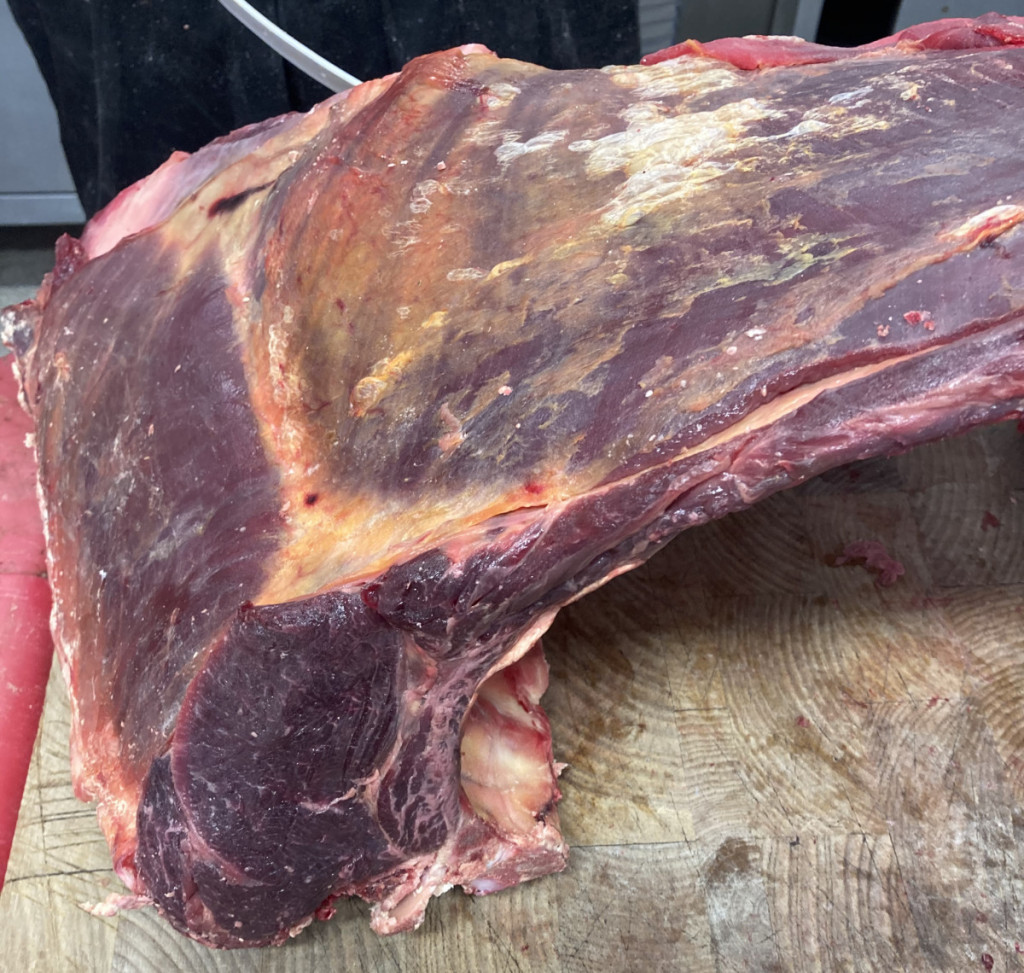
What to look for
The meat in the pic above has been kept too warm for too long. The meat is off-color and has become sticky.
Refrigerate meat between 0 and 4 C (34 to 42F). The smell will be quite strong and offensive.
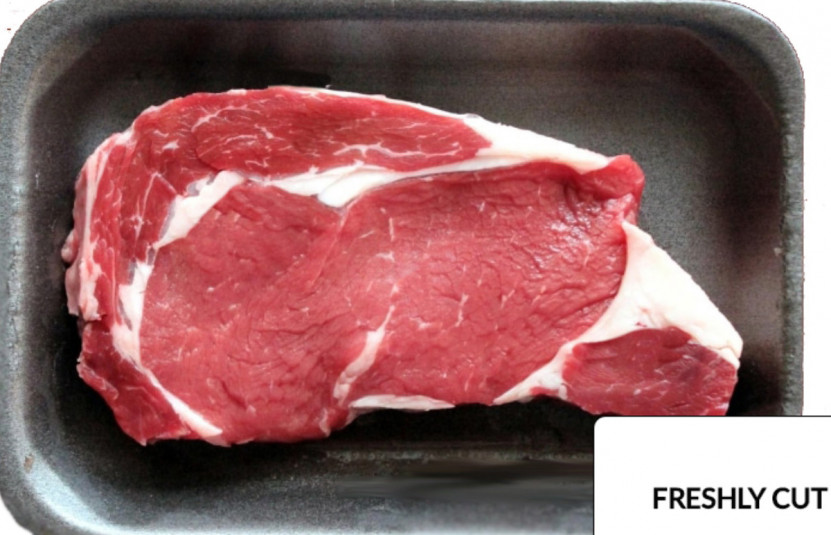
Fresh color
This is what freshly cut meat looks like
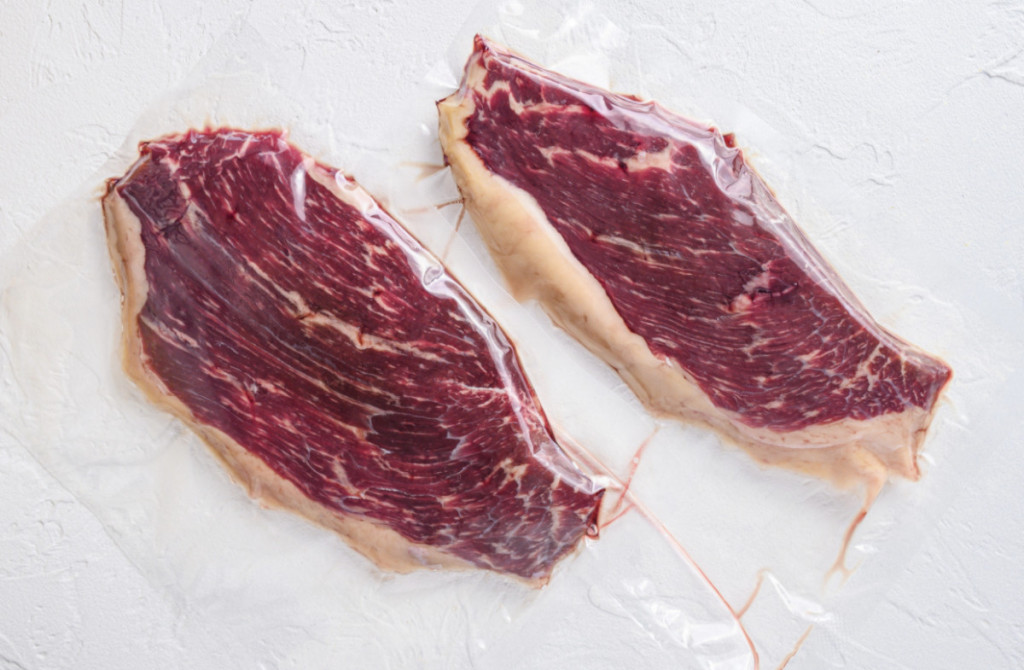
Meat that has been vacuum packed has a darker red color. This is perfectly acceptable
Ground beef
Temperature, light, microbial growth, and exposure to oxygen are all factors that can change the color of beef. Fresh, ground beef will be red because of its levels of oxymyoglobin, a pigment formed when a protein called myoglobin reacts with oxygen
When you get meat home and open the pack, the interior of raw ground meat may be brownish or grey because of a lack of exposure to oxygen.
This doesn't mean it has gone bad.
Ground beef, because it has been chopped small, will change color quickly, especially if it is very lean and tightly packed.
So long as there is no strong sour smell, it is safe to eat. But eat within a day, or freeze it. Store ground beef in the freezer for no longer the 4 months.

What to avoid
If you have ground beef that looks like this below, avoid completely
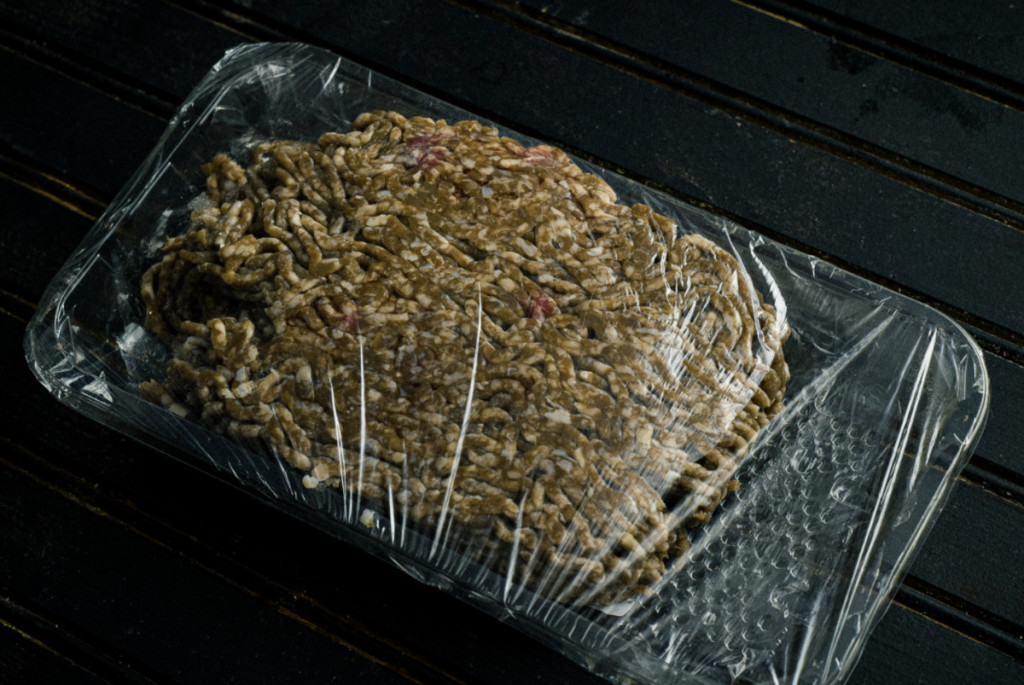
Dry aging
Aging beef in a drying chamber is a different process to maturing beef normally.
Premium cuts are kept for twice as long as normal, or longer, to intensify the flavor.
Tenderization tails off at about 20 days.
Then dry aging intensifies the flavor through moisture evaporation.
There is a particular smell and taste to dry aged beef.
Sometimes described as similar to blue cheese, it is not for everyone and some people feel it is meat that has gone bad.
Not so.
Properly dry aged steak is like fine wine with its own bouquet and attracts a premium price because of the losses from evaporation and trimming.
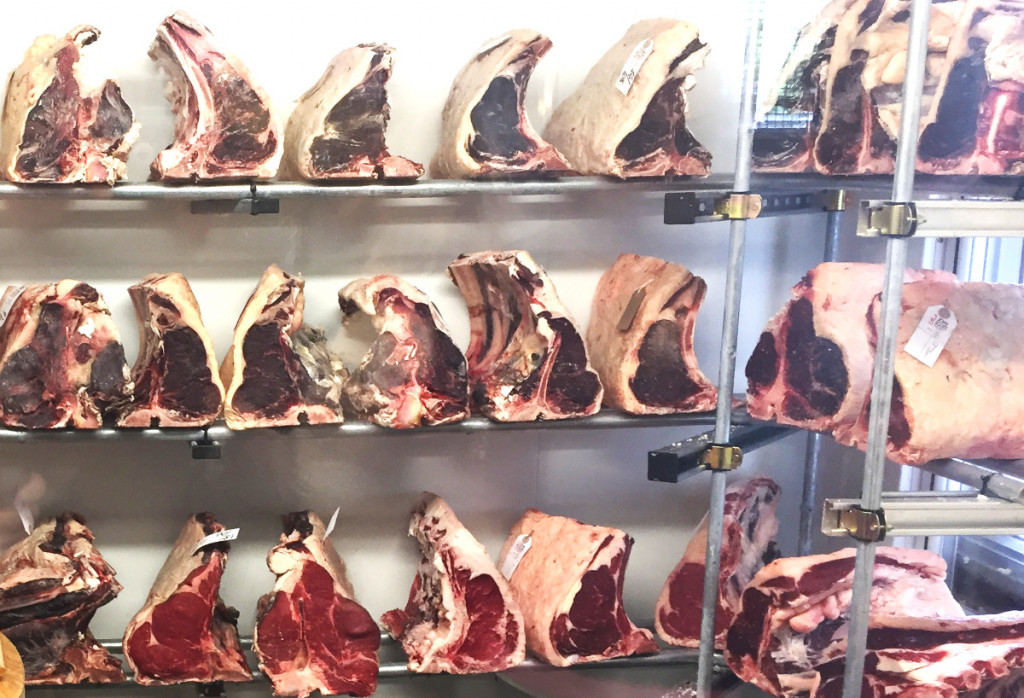
What should it look like?
Dry aged beef can be aged for 50 days or more. It will blacken on the outer surfaces, but will be red on the inside when cut. The temperature, airflow and humidity must be constantly monitored.

Different aromas
Beef, Lamb, Pork and Poultry all have distinct smells when they go bad. But as I said in the beginning, if it has a sour smell, beware. If it smells bad, it usually is bad, so throw it away. If in doubt, throw it out. To get the best quality meat, find a real butcher you can talk to and can trust. Tell them you want to buy real meat and will let them guide you. You will get some excellent tips and some good deals when they get to know what you like.
Buying meat
- Buy meat from somewhere you trust. Cheap is not always good value
- If you are buying pre-packaged meat, check that the pack is intact and the use by date hasn't passed.
- Keep meat away from strong-smelling products while shopping and storing.
- Get to know who you buy from. A good butcher likes to keep his customers healthy.
- Keep the cold chain. Refrigerate meat as quickly as possible after purchase.
- Handle meat carefully when unwrapping at home and always wash hands and utensils immediately after handling.
- Don't wash meat before cooking. Cooking will kill any bacteria on the meat surface.
Storage times for different species from slaughter to consumption.
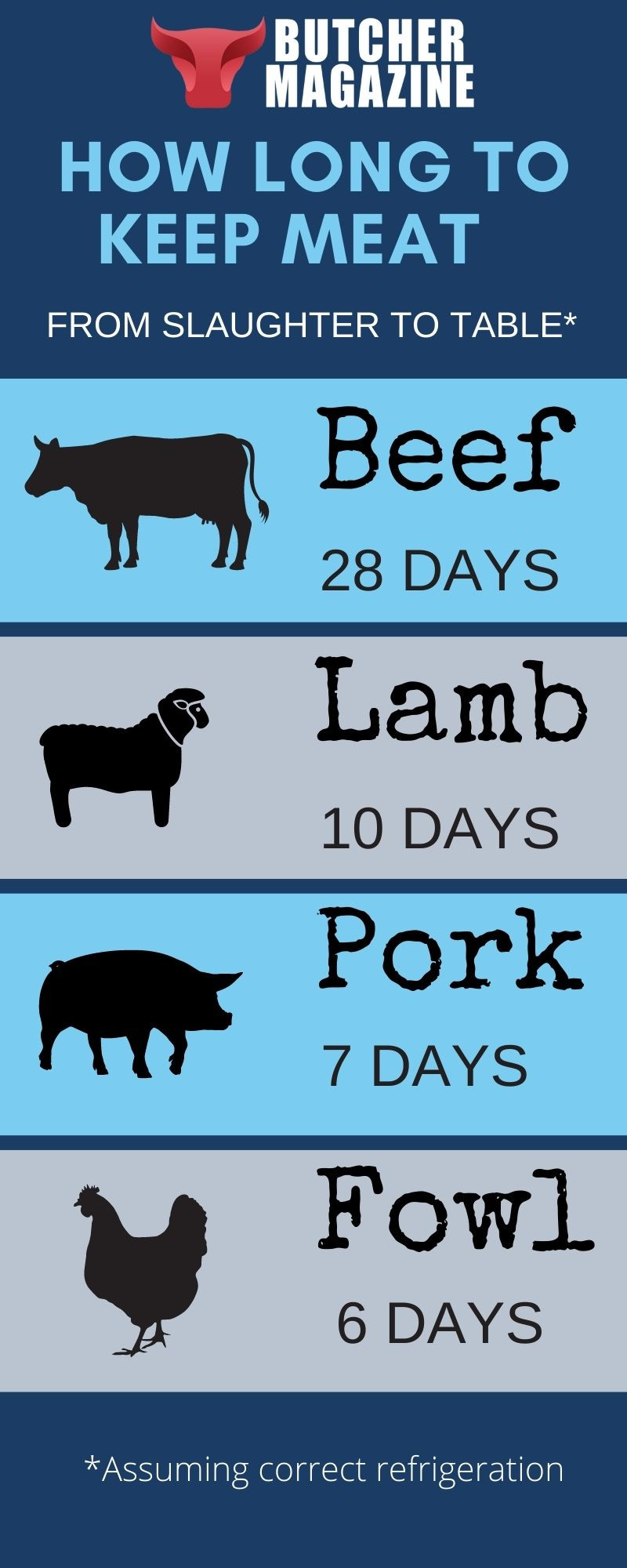
Beef: Up to 28 days
Lamb: Up to 10 days
Pork: Up to 7 days
Chicken: Up to 6 days
Source: https://butchermagazine.com/bad-meat-smell/
0 Response to "Odd Smell on Diced Beef After Cooked"
Post a Comment